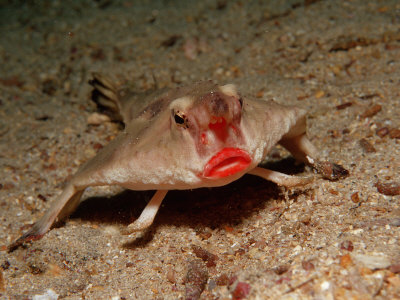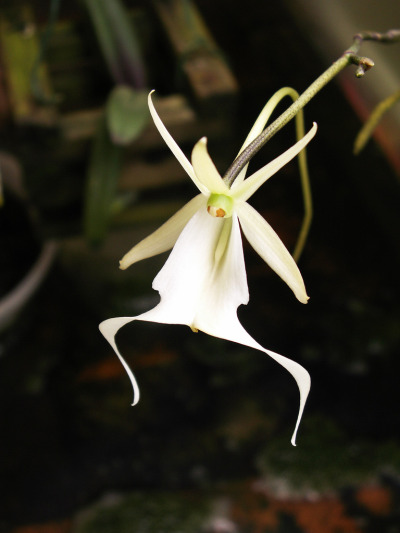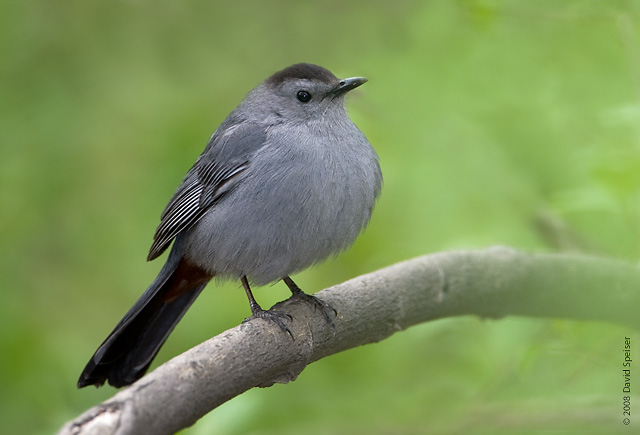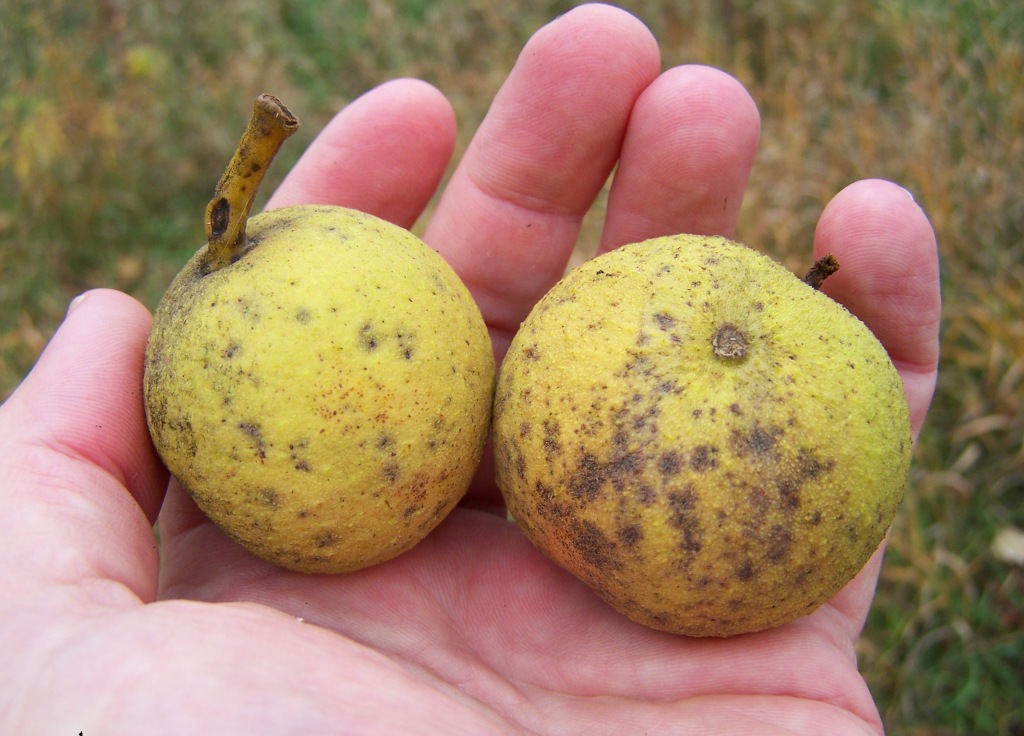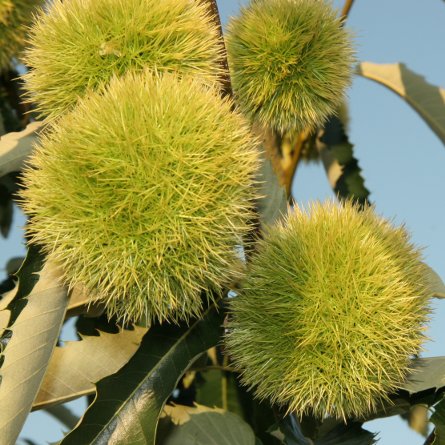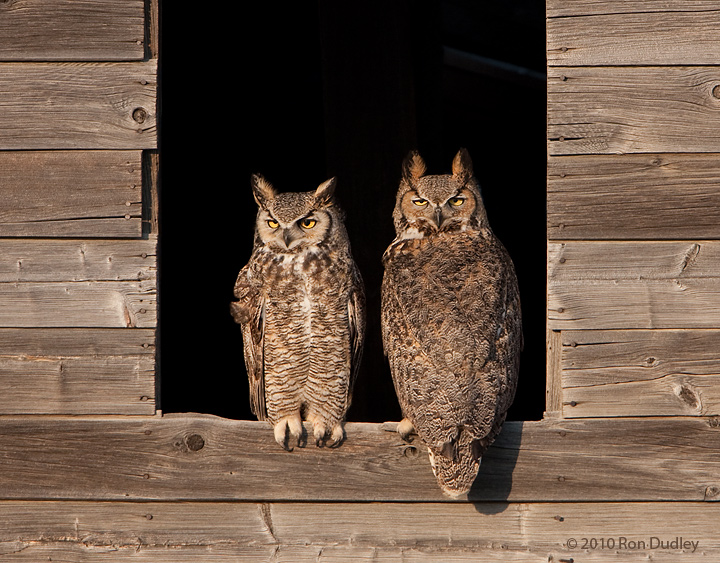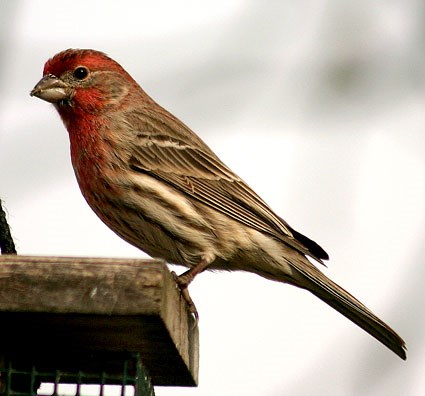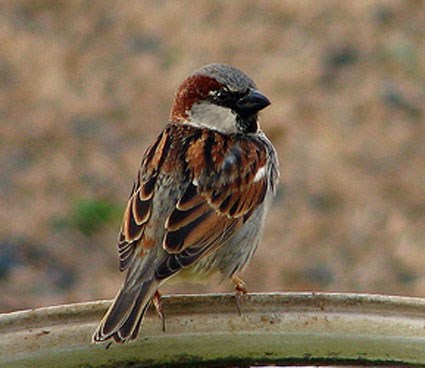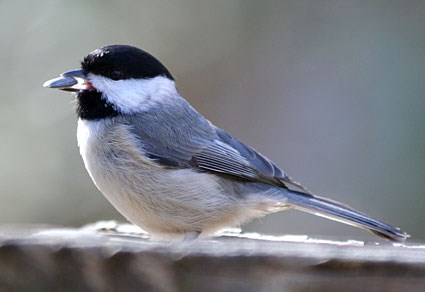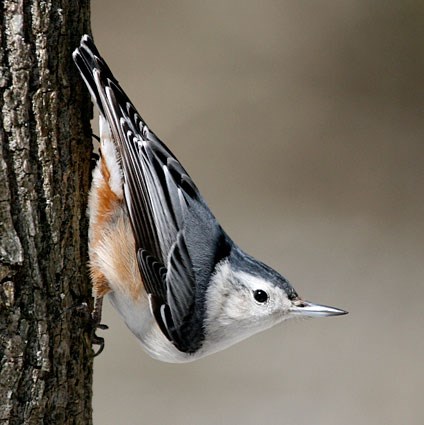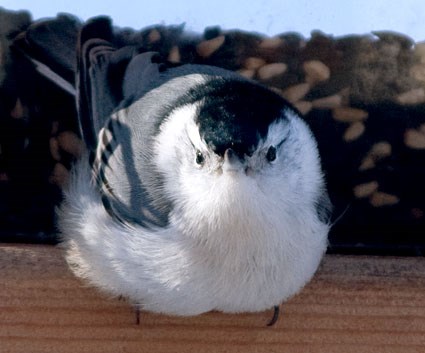Happy almost Halloween, everyone!
A couple of weeks ago I found myself trying to think of animals and plants that had names that were associated with Halloween. Turns out it was a pretty fun mental exercise and a good idea for a blog post. Now some of you may be wondering "Gee Katie, if you had this idea for a blog post weeks ago, why did you not post last week?" Turns out having a full time job and working on one's M.S. degree takes up quite a bit of one's time. heh. And if any of you really were wondering where my post was last week, then that means you actually follow this blog with some regularity and I love you. I'm guessing most of my readers are more along the lines of "She posts each week? I thought it was once a year...hua."
Anywho, on to the Halloween-themed plants and animals!
Batfish
Is it just me, or does this red-lipped batfish make anyone else think of Rocky Horror Picture Show?
There are actually about 60 members of the batfish family, and no, none of them are named 'Dracula'. Neatest thing about these guys other than their appearance? They're poor swimmers, so get around by walking on the ocean floor using thickened pelvic and pectoral fins!
Ghost Orchid
The ghost orchid is native to the United States and can be found in southern Florida. It got its name because the roots of the plant often blend in so well with its host tree that the flower seems to be floating in space just like a ghost. Nothing scary about this ghost though, just pure beauty.
Gray Catbird
You guys know me, I love my birds, and the grey (gray? I still can't decide which spelling to use) catbird is no exception. The distinctive 'meow' call that the species gives is how it got its name. What some may not know is that the catbird is also a talented yet shy songster. Unlike its cousin, the northern mockingbird, who likes to sing and be seen, the catbird is more likely to warble quietly from deep within a thick clump of vegetation.
Spider Crab
A giant Japanese spider crab in front of her...what is she taking a picture of?
Get a load of those legs! It's easy to see how spider crabs get their name. However if you look again, you'll notice that it's only spiders that have 8 legs; crabs have 10, giving them one of my favorite terms I like to use to nickname my pet hermit crabs, decapods. (Want to learn more about spider crabs? Check out my blog entry on them here!)
Witch Hazel
Although witch hazel has a very distinct and even bewitching look to it, the witch part of its name doesn't come from entirely from a person who can turn you into a newt and is lighter than a duck ("Burrn her!"). Witch is suspected to have its origins from the Middle English wiche, meaning "pliant" or "bendable". Although seeing as stems of witch hazel were also sometimes used as divining rods, witch may just refer to witchcraft after all.
Goblin Shark
Now there is a face only an Ichthyologist could love (hi Mary!). I think the origins of this deep sea fangly fish's name are no mystery. However much about the fish itself remains a mystery, and it is thought to be one of the rarest-observed fish in the world. In addition to its distinctive snout, the goblin shark is also equipped with jaws that are able to protrude very quickly in order to snatch up soft-bodied prey.
There you have it, some of the wonderful and unusual plants and animals that share their names with creatures we associate with this time of year. While the ghosts, goblins, and witches of Halloween might give us a fright, each of these species are fascinating and far less scary. Though come to think of it, if I ever saw a goblin shark in person, I'd probably give him all of my candy.
